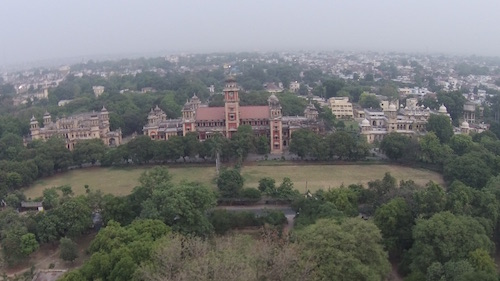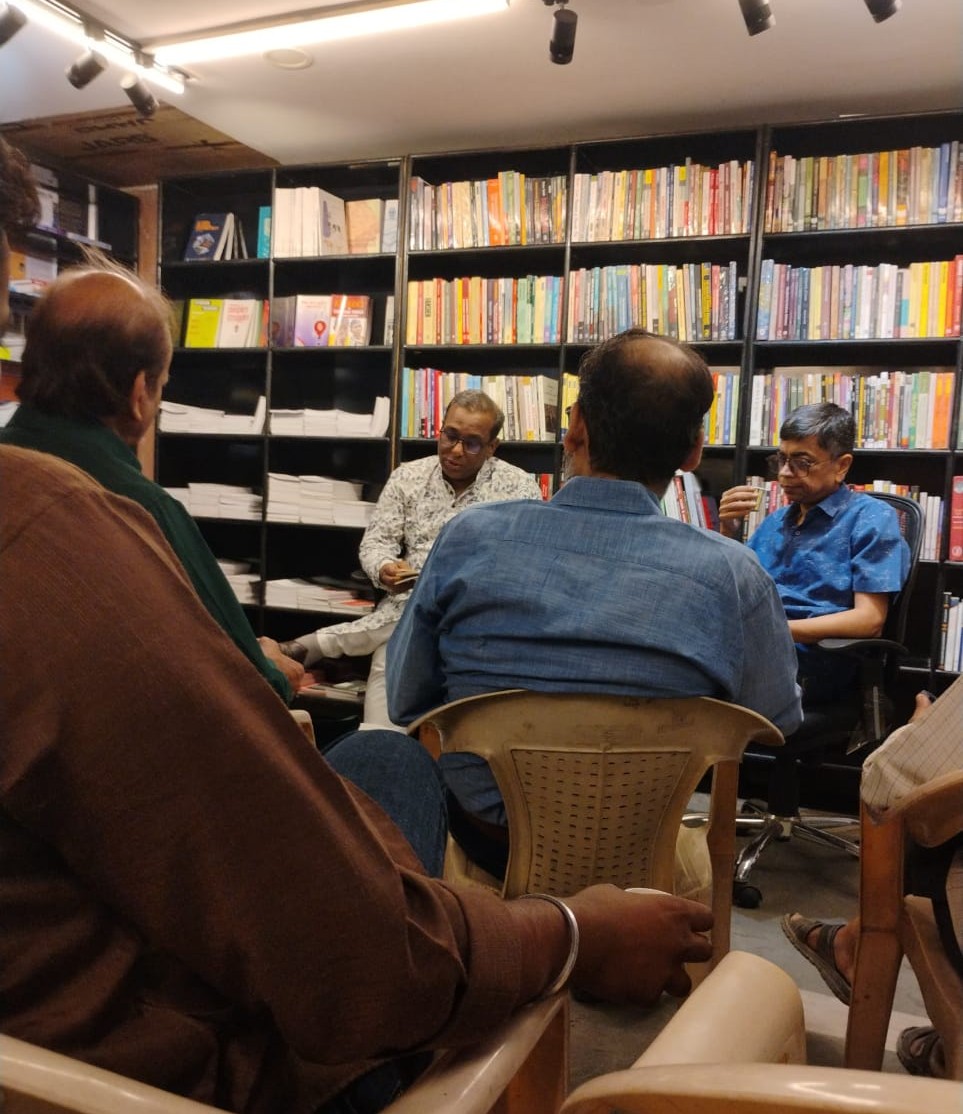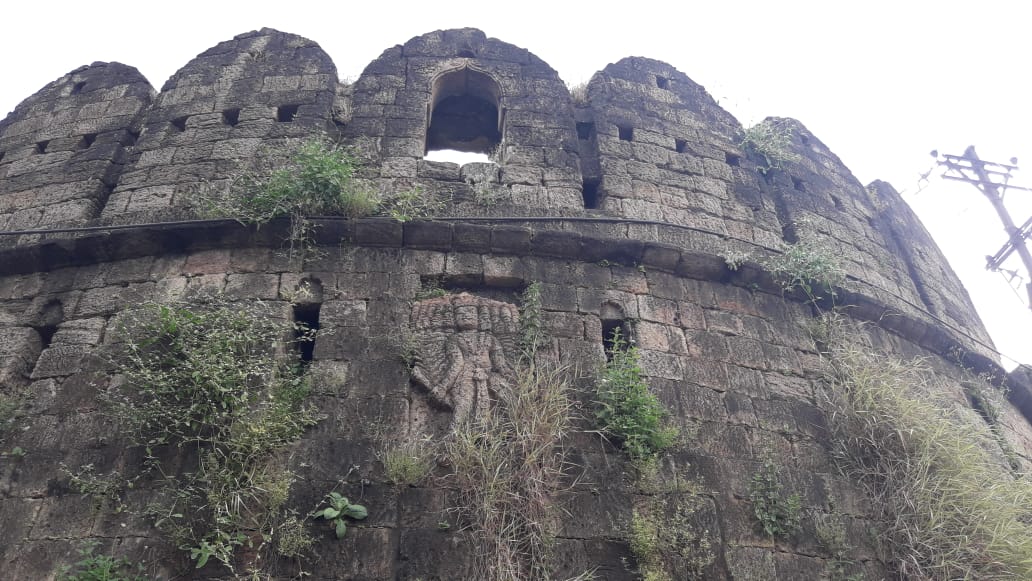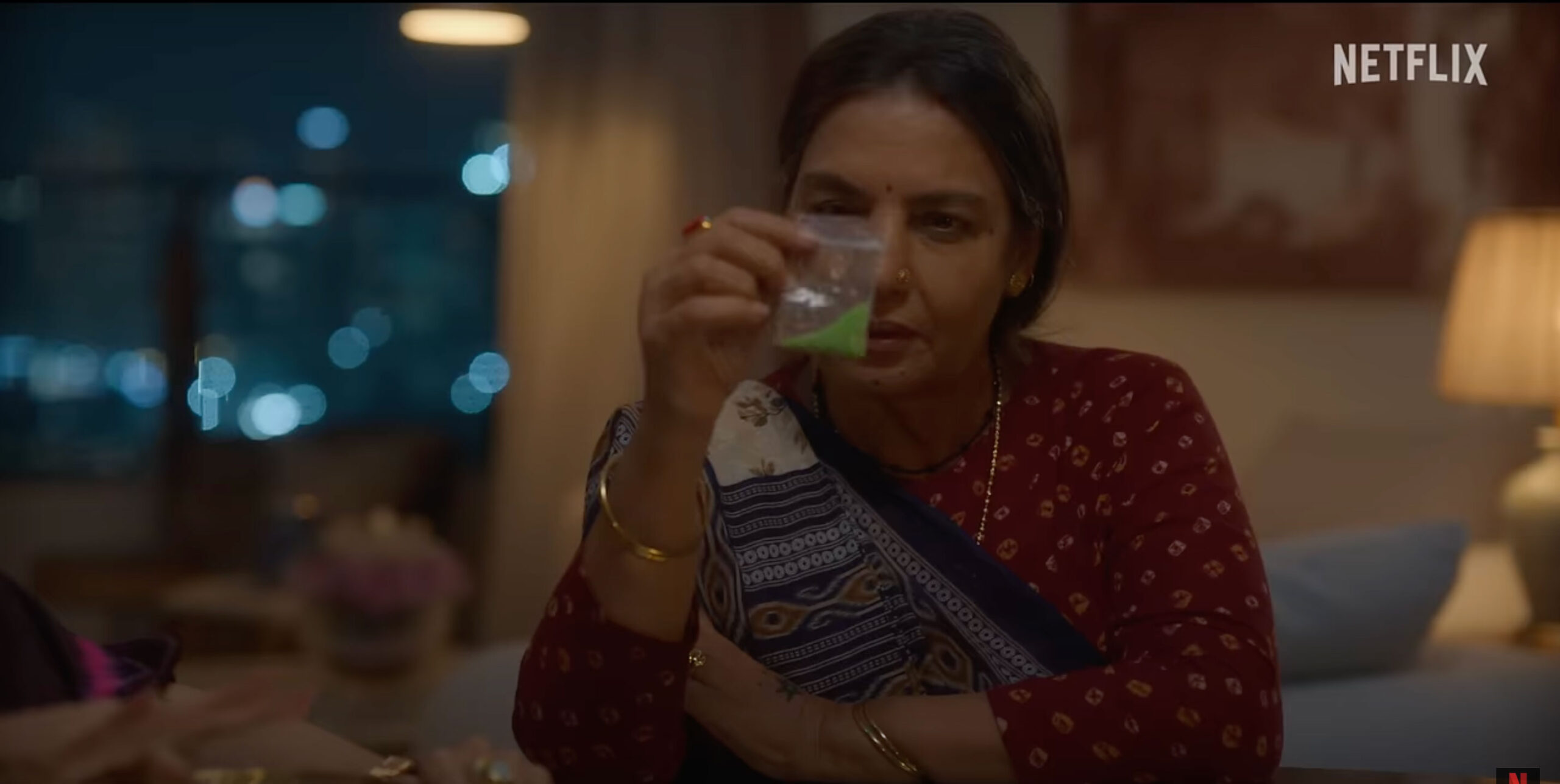 Ankita Aggarwal, Jean Drèze and Aashish Gupta were struck by how many Sharmas, Tripathis and Srivastavas (mostly men) they ran into whenever their academic and research work took them from Delhi to Allahabad. Brahmins and Kayasthas form a little more than 10 per cent of Uttar Pradesh’s population, so this meant almost 90 per cent were unrepresented in these “positions of power and influence (POPIs)”. They trolled the websites of the various public institutions in the city for the names of the people in POPIs and obtained their lists of employees and directories. From these institutions, including Allahabad University, Indian Institute of Information Technology, the Press Club and the NGOs, they had 1852 names in all. On investigating these names for caste, at least 75 per cent turned out to be upper-caste and about 50 per cent to be Brahmins and Kayasthas.
Ankita Aggarwal, Jean Drèze and Aashish Gupta were struck by how many Sharmas, Tripathis and Srivastavas (mostly men) they ran into whenever their academic and research work took them from Delhi to Allahabad. Brahmins and Kayasthas form a little more than 10 per cent of Uttar Pradesh’s population, so this meant almost 90 per cent were unrepresented in these “positions of power and influence (POPIs)”. They trolled the websites of the various public institutions in the city for the names of the people in POPIs and obtained their lists of employees and directories. From these institutions, including Allahabad University, Indian Institute of Information Technology, the Press Club and the NGOs, they had 1852 names in all. On investigating these names for caste, at least 75 per cent turned out to be upper-caste and about 50 per cent to be Brahmins and Kayasthas.
Ankita Aggarwal is a researcher associated with the National Institute of Rural Development and Aashish Gupta is a research fellow at the Research Institute for Compassionate Economics. Jean Drèze is a well-known economist who has co-authored several books with Nobel laureate Amartya Sen; he was a member of the National Advisory Council when the UPA was in power at the Centre, and has also been a visiting professor at the Govind Ballabh Pant Social Science Institute, Allahabad. Aggarwal, Drèze and Gupta jointly published the findings of their research in an article titled “Caste and the Power Elite in Allahabad” in the 7 February 2015 issue of the Economic and Political Weekly.
Table 1: Share of Upper Castes in Positions of Power and Influence, Allahabad (%)
| Reference Group | Upper Castes | Brahmin and Kayastha |
| Leaders of teachers’ unions (17) | 100 | 76 |
| Allahabad Press Club, office bearers (16) | 100 | 75 |
| Proprietors of advertisement agencies (11) | 91 | 55 |
| Hospital doctors (99) | 89 | 37 |
| Bar Association, executive committee (28) | 86 | 68 |
| Prominent publishers (12) | 83 | 42 |
| GBPSSI faculty (15) | 80 | 60 |
| Advocate Association, executive committee (14) | 79 | 57 |
| NGO representatives (30) | 77 | 47 |
| Union leaders (clerical & manual workers) (49) | 76 | 55 |
| Allahabad University faculty* (112) | 76 | 54 |
| CDOs and BDOs (20) | 75 | 40 |
| Reporters of media houses (62) | 74 | 53 |
| Ashok Nagar residents (62) | 74 | 32 |
| Former presidents, AU students’ union (79) | 73 | 44 |
| Prominent artists (55) | 71 | 47 |
| Allahabad Press Club, members (104) | 71 | 56 |
| Police officers (district and block levels) (28) | 68 | 39 |
| IIIT Allahabad faculty (47) | 68 | 36 |
| High court judges (75) | 68 | 32 |
| High court lawyers* (100) | 67 | 44 |
| Traders’ association (6) | 67 | 0 |
| College principals (16) | 56 | 19 |
| Junior engineers, Allahabad municipality (20) | 55 | 30 |
| Total (1,077) | 75 | 46 |
AU = Allahabad University. BDO = Block Development Officer. CDO = Chief Development Officer. GBPSSI = G B Pant Social Science Institute. IIIT = Indian Institute of Information Technology. Size of the group is given in brackets. Asterisks indicate cases where a sample was taken, due to the large size of the group; in such cases, the number in brackets is the size of the sample. Source: EPW
The authors didn’t restrict their study to the positions of power and influence. They also obtained similar data from an informal sample of people involved in intermediate and subordinate occupations. Those in the intermediate occupations included peons, clerks and security guards, while the subordinate occupations covered the rickshaw pullers, gardeners and safai karamcharis. Even among the intermediate occupations, which “do not require special skills beyond elementary education”, the upper castes were overrepresented. However, when it came to the subordinate occupations, which mostly involve manual labour, the proportion of upper castes was minuscule. The findings of these studies were in agreement with research done earlier on the caste composition of workplaces, be it the boardrooms of large businesses, newsrooms or among the secretaries to the Government of India.
Table 2: Share of Upper Castes and Others in Different Occupation Groups (%)
| Positions of power and influence (1,077) | “Intermediate positions” (399) | Occupations involving hard labour (225) | |
| Upper castes | 75 | 36 | 8 |
| Persons withoutSurname | 1 | 13 | 50 |
| Other | 24 | 51 | 42 |
For positions of power and influence, see Table 1. “Intermediate positions” comprise: mainly Class 4 staff, accounts clerk, second and first grade clerks, safai nayak (cleaning supervisor), nayab moharrir (revenue collection officer) and “helper” at the Allahabad Municipal Corporation, and also guards and junior clerical staff at the G B Pant Social Science Institute. Size of each group (number of persons) in brackets. Source: EPW
Aggarwal, Drèze and Gupta dismissed the common justification that there is a lack of people belonging to the historically disadvantaged social groups who are qualified enough for POPIs as “lame” and that it only applies to jobs that require exceptional qualification. They cited the India Human Development Survey 2004-05, which showed that in Uttar Pradesh, the OBCs, Dalits, Muslims and others together had more adult graduates – 51 per cent of the total – than the upper castes. However, the authors say, “the massive social inequalities in access to education (especially quality education)” do allow the upper castes to dominate public institutions. But there are other reasons, too. “Upper-caste persons tend to have friends and well-wishers in influential positions, not just because they are relatively affluent and well-educated but also by virtue of their caste and family ties,” the authors write. These networks are preserved from one generation to another through endogamous marriages. Then there is plain discrimination against the Bahujans during recruitment, as well as poor implementation and cunning circumventing of reservation norms.
The authors conclude that their findings make a “a strong case for greater attention to diversity in public institutions, of the sort that has significantly reduced ethnic or gender imbalances in other countries. Nothing prevents the Bar Association, NGOs or trade unions in Allahabad from ensuring that they do not become upper-caste clubs. When they fail to do so, they become effective guardians of the caste hierarchy.”
Published in the June 2015 issue of the FORWARD Press magazine





